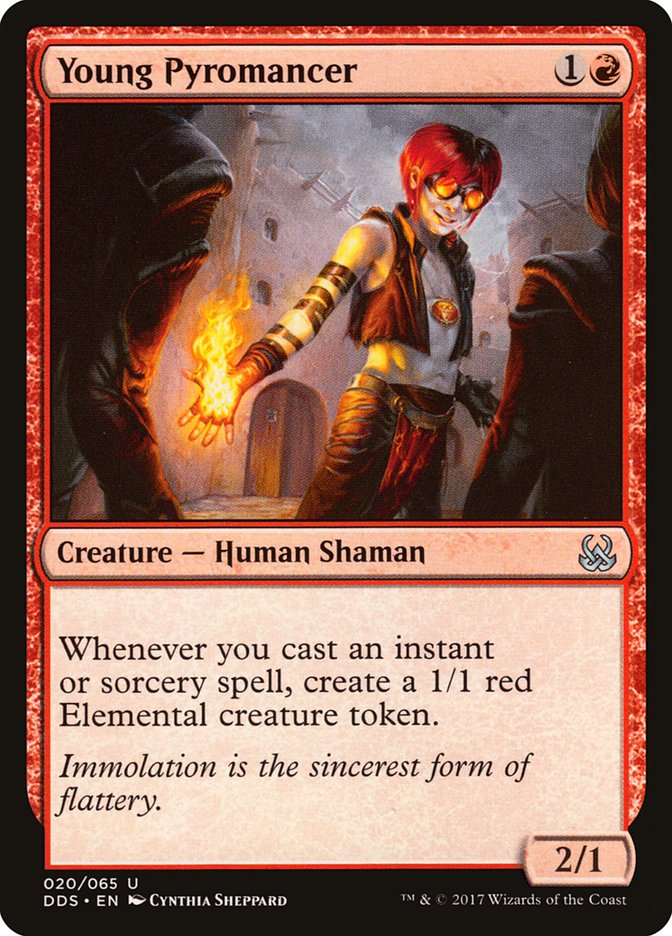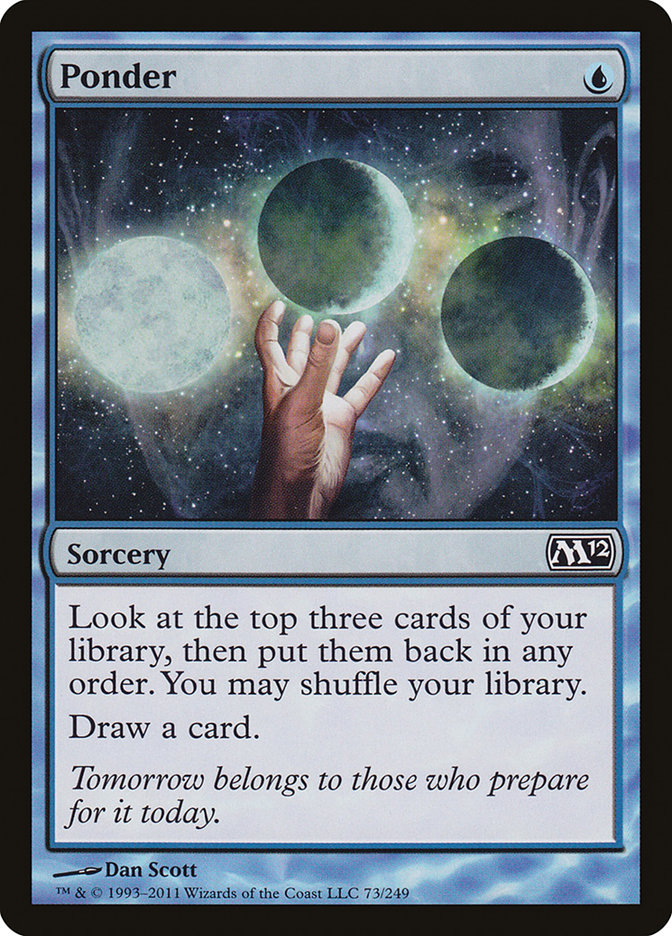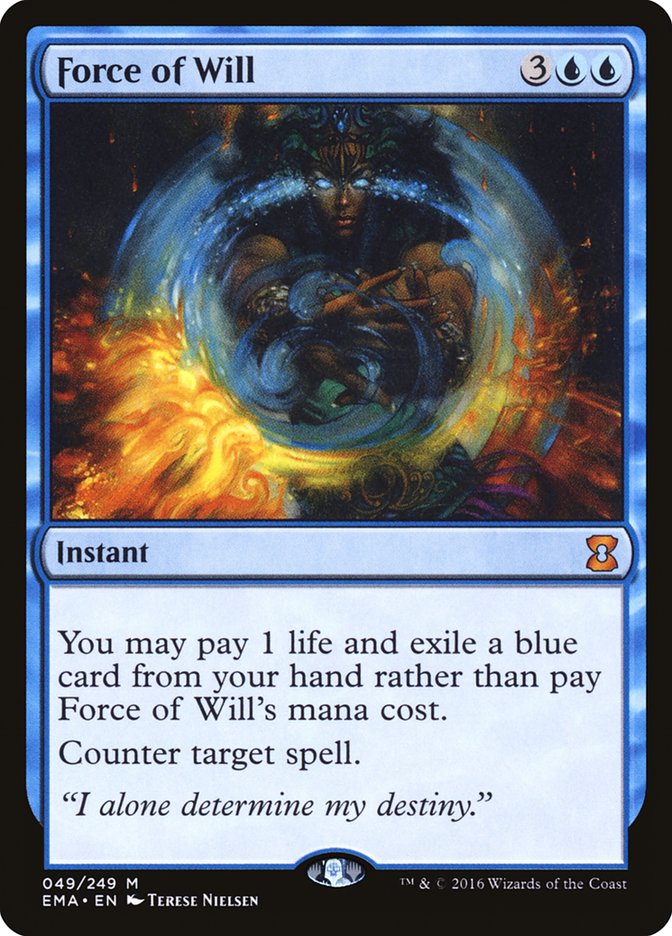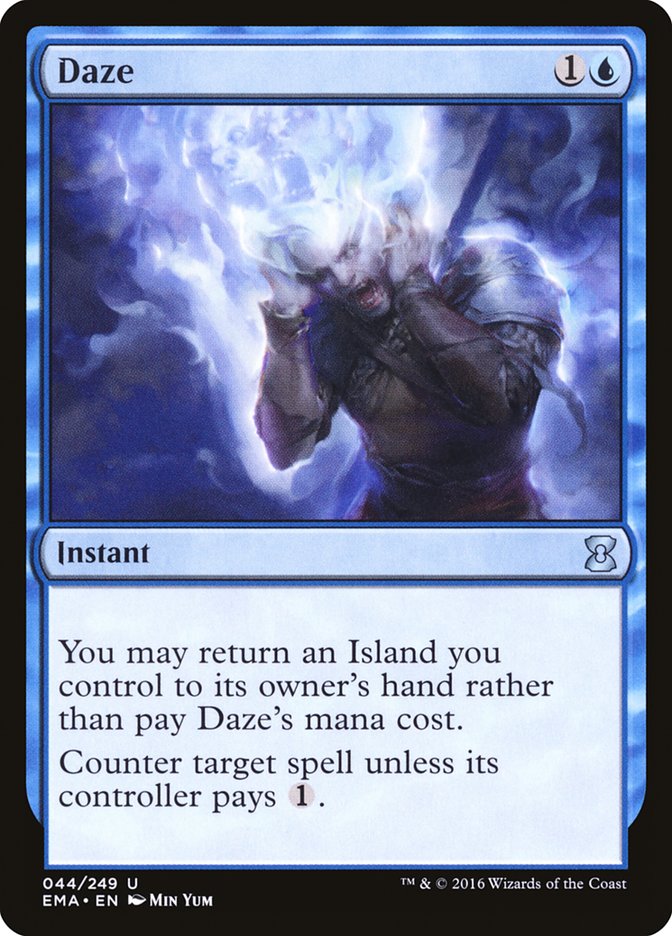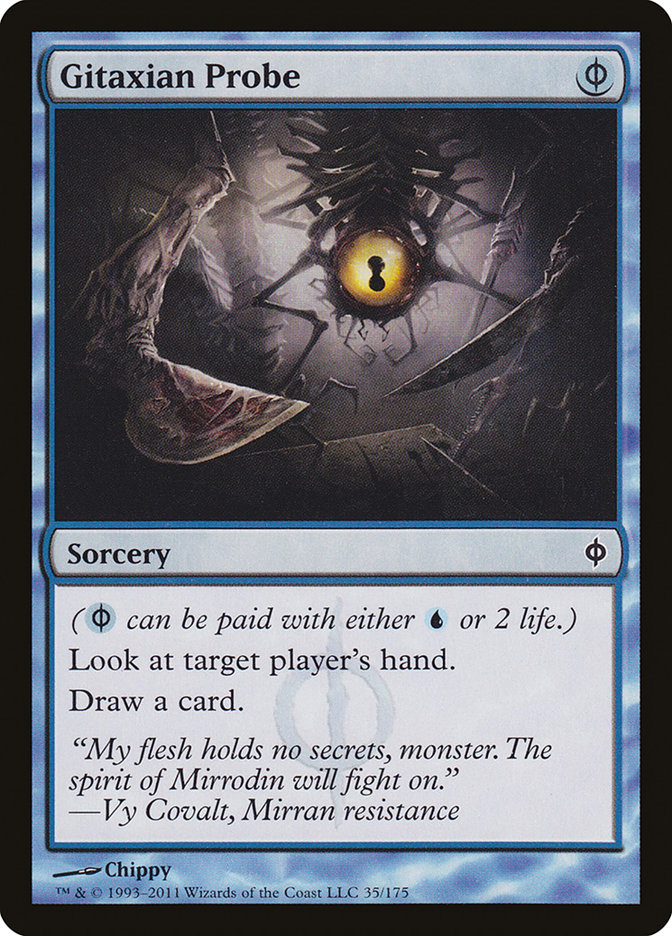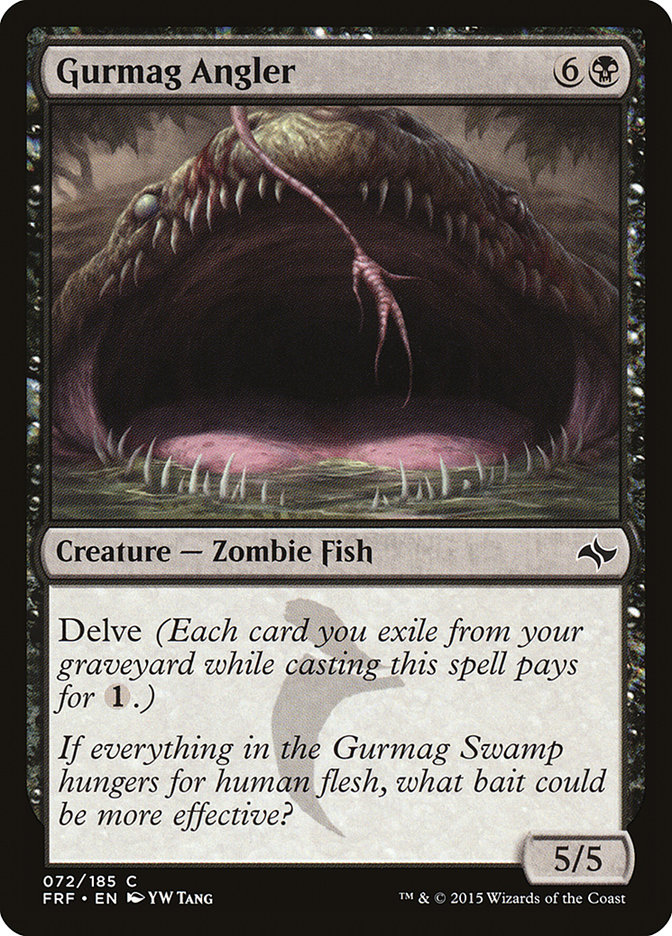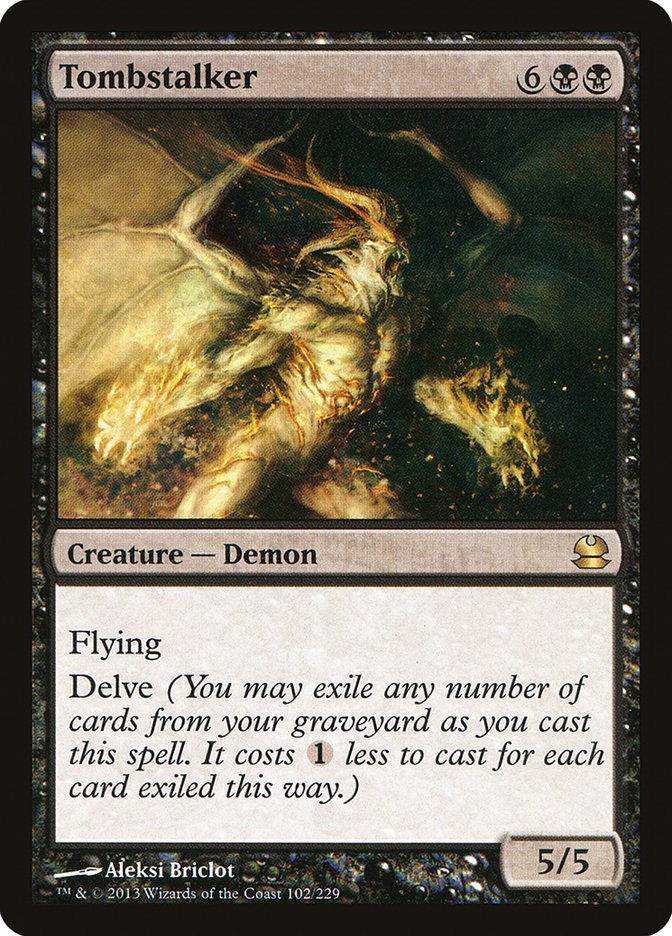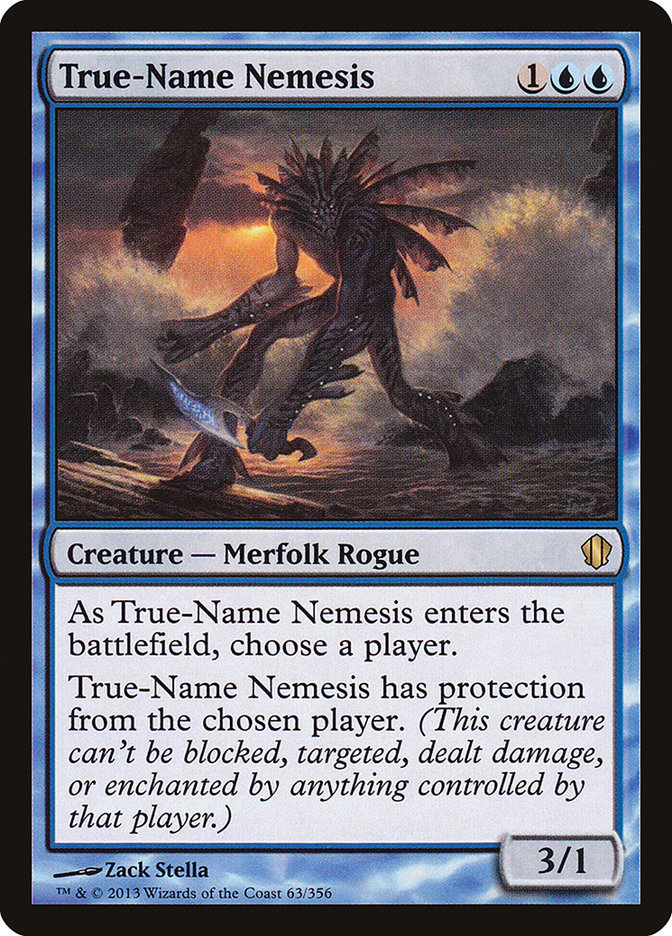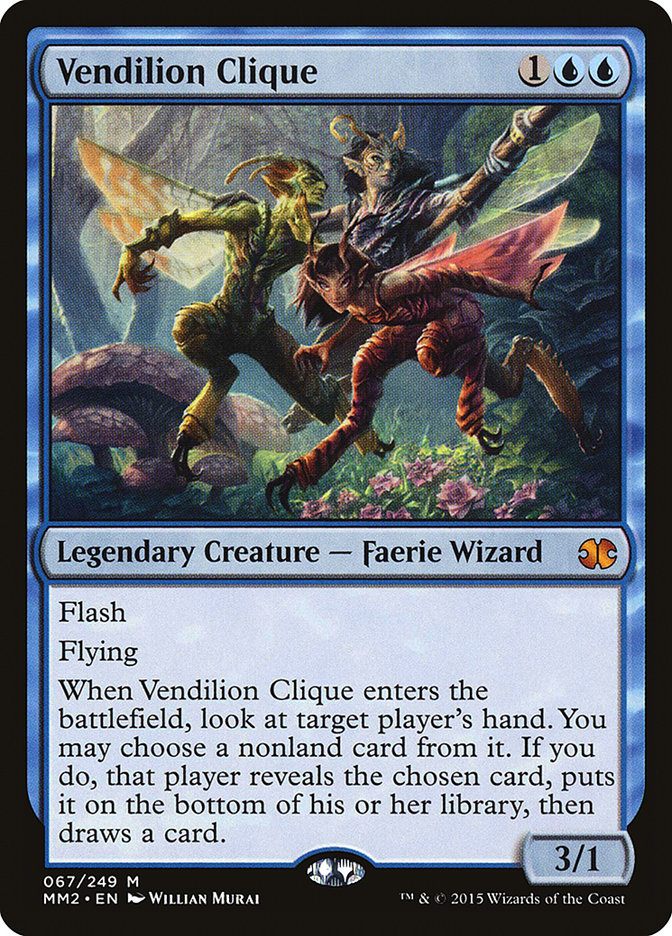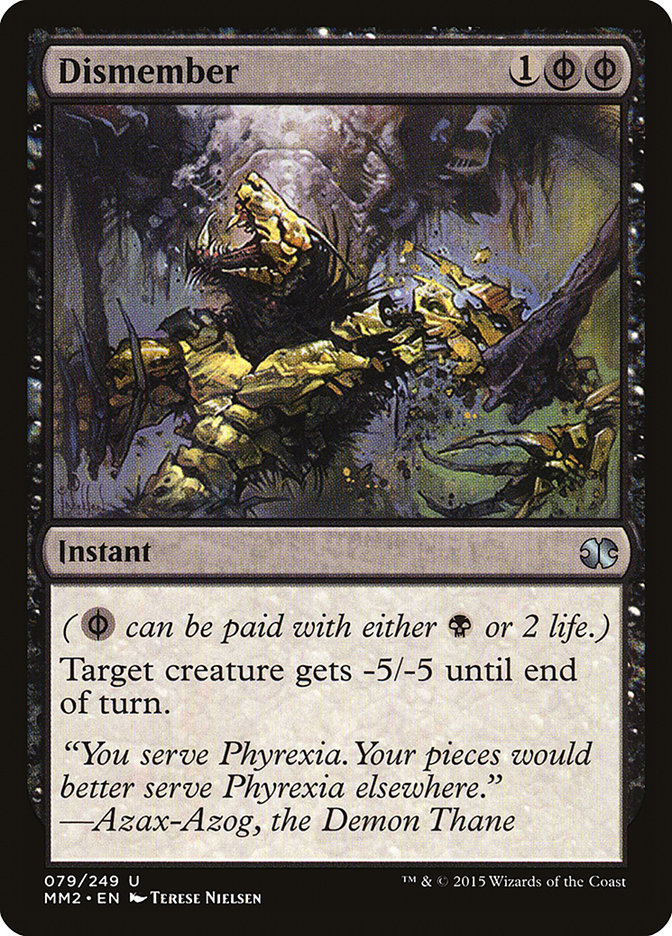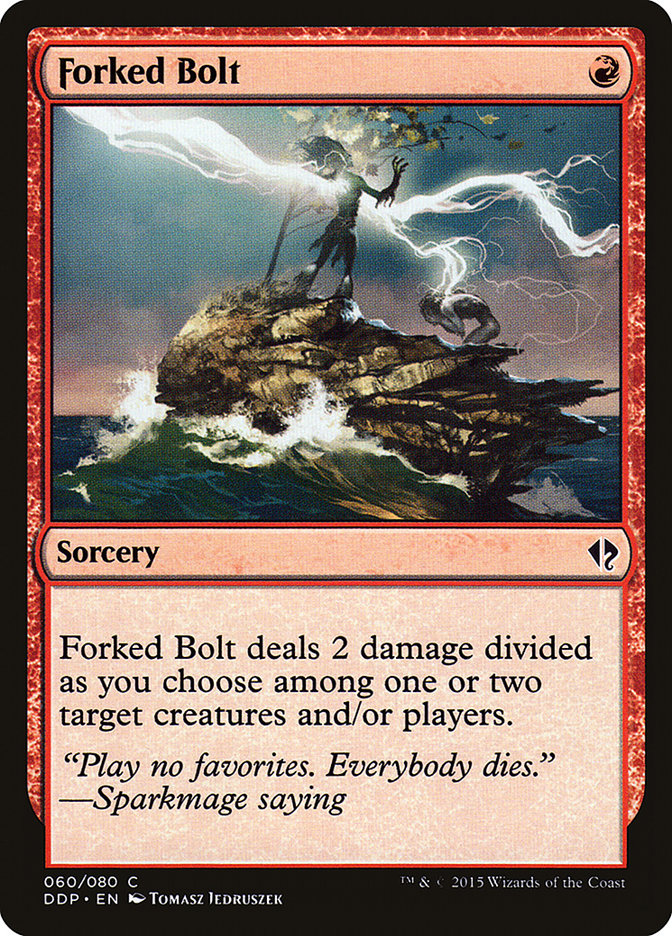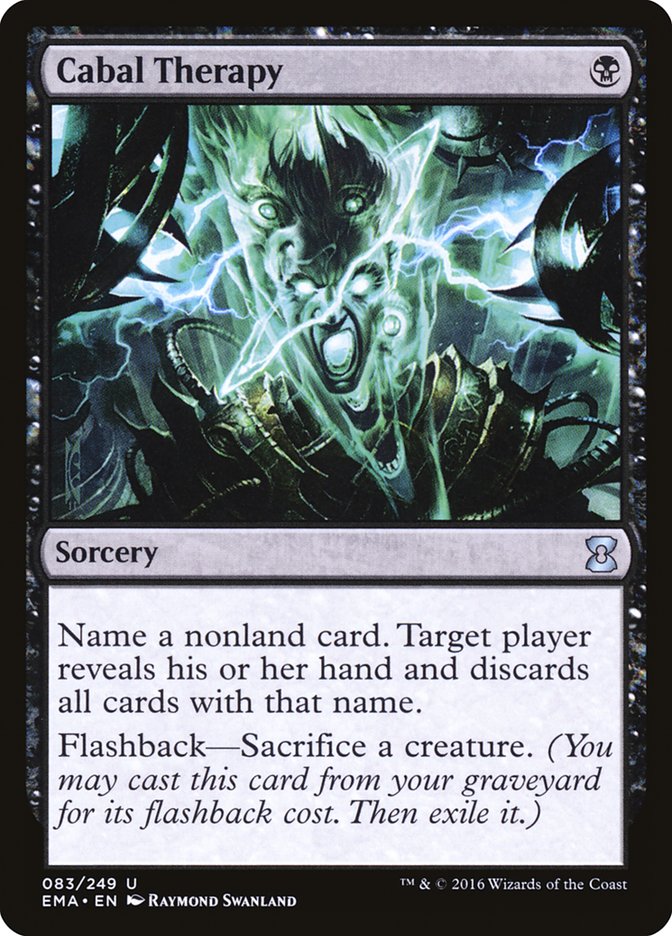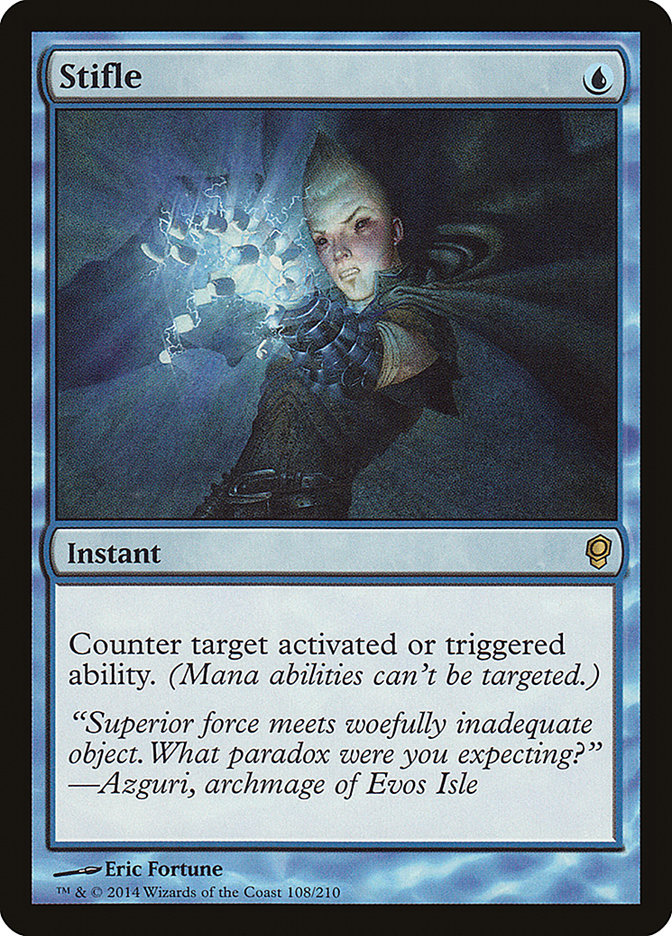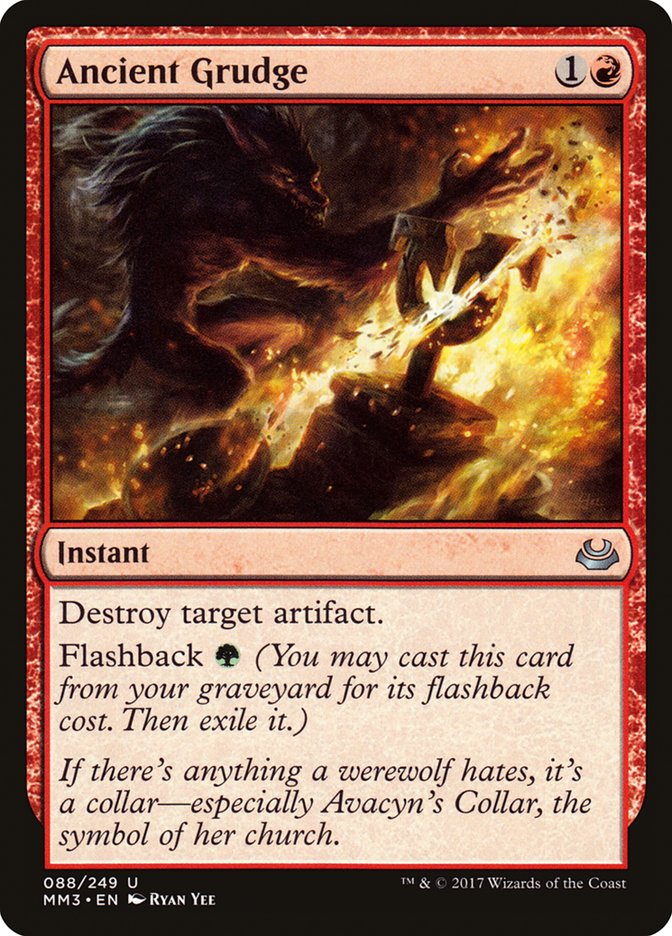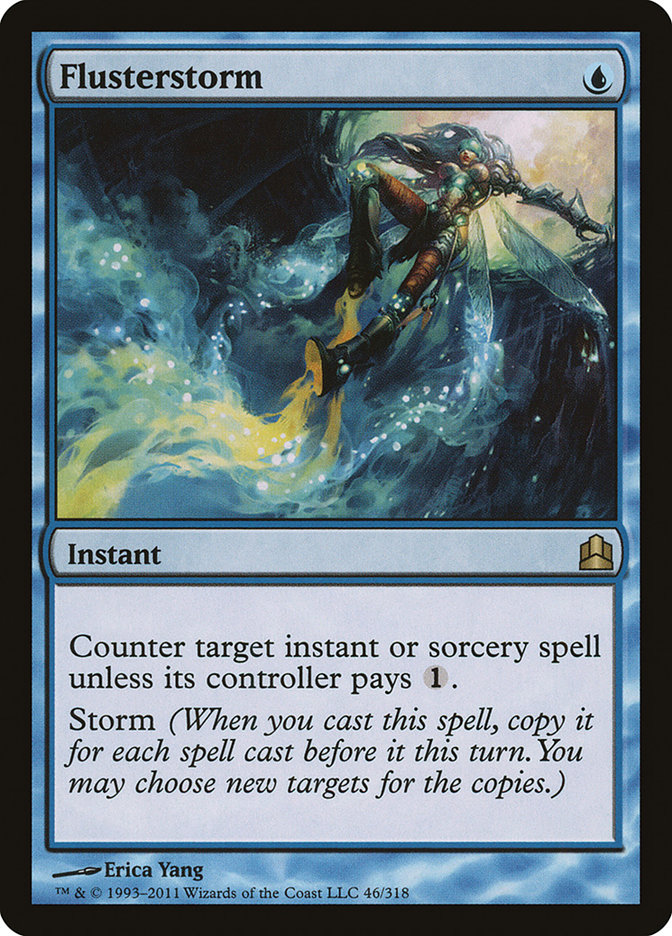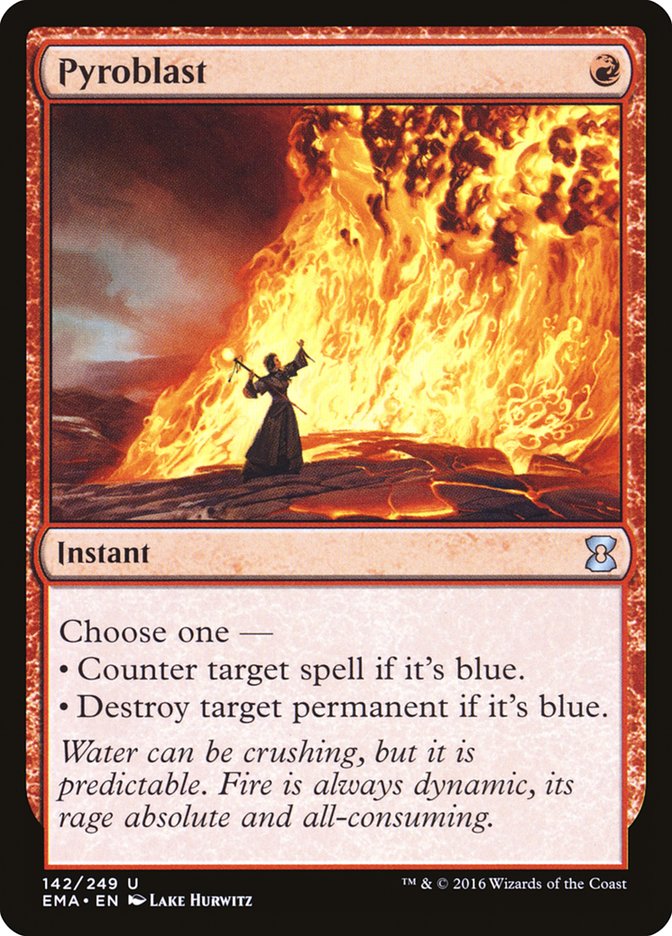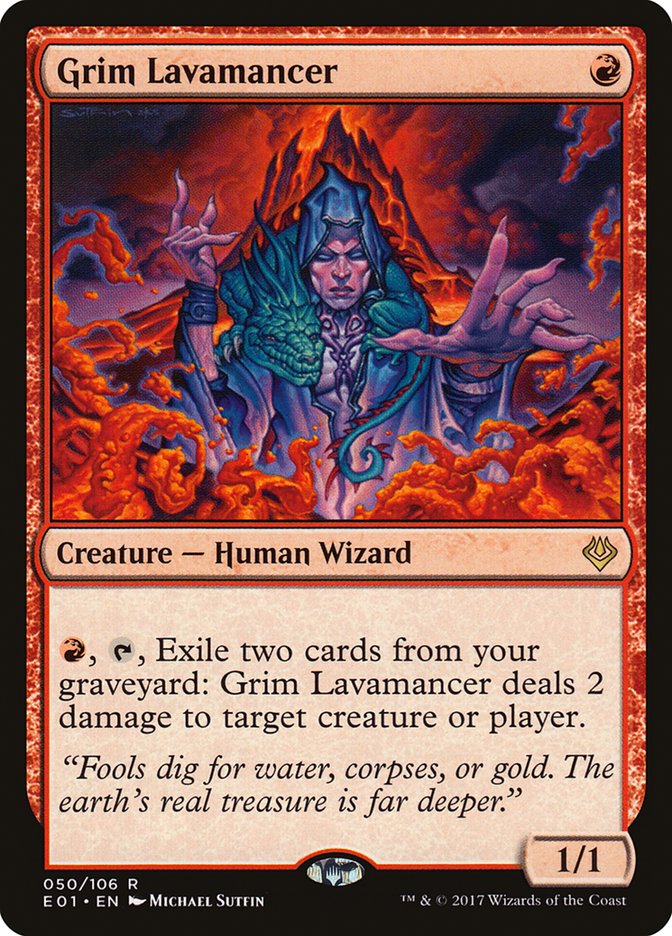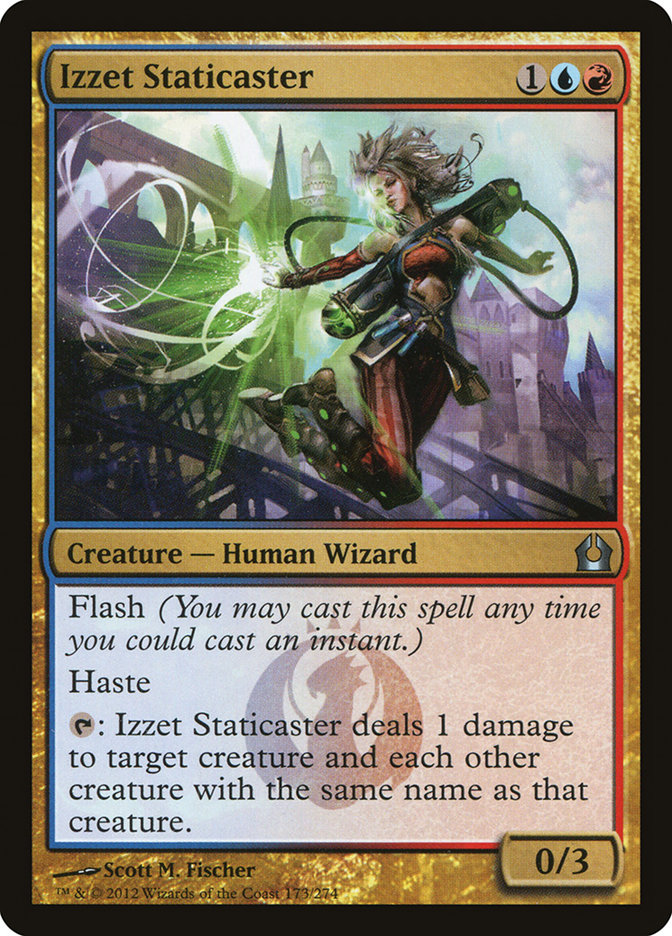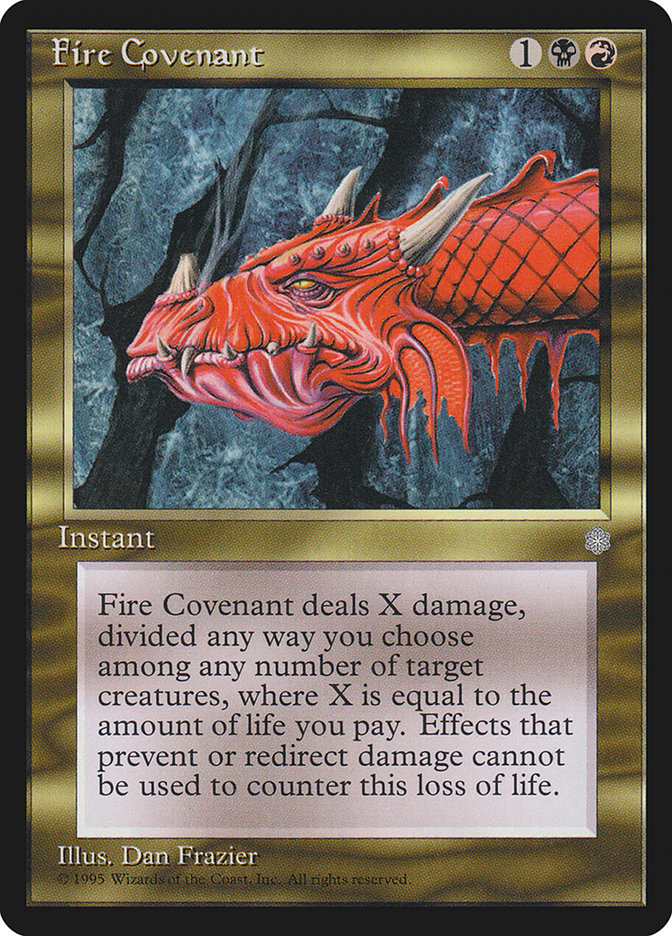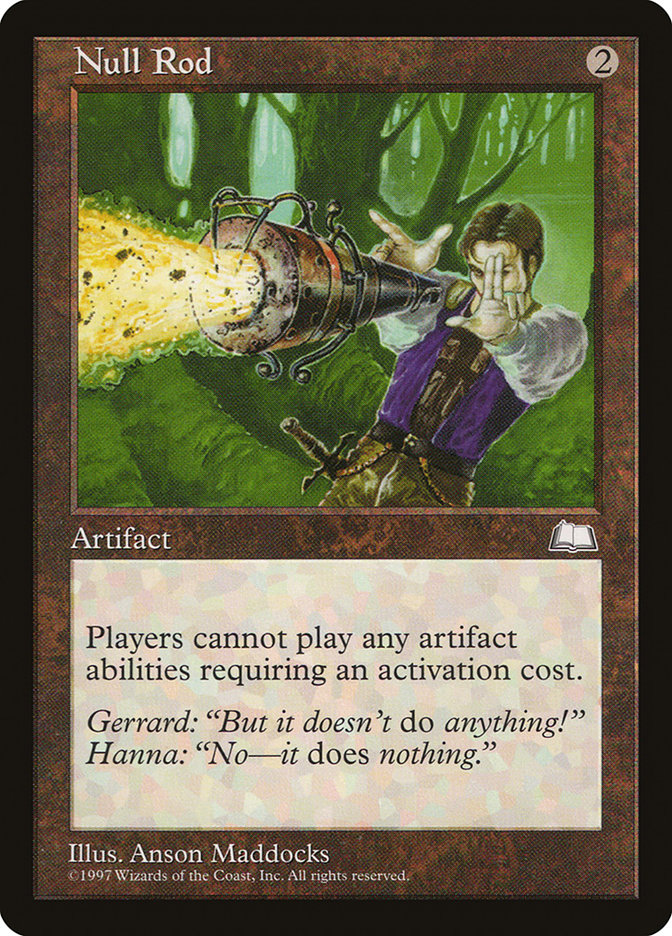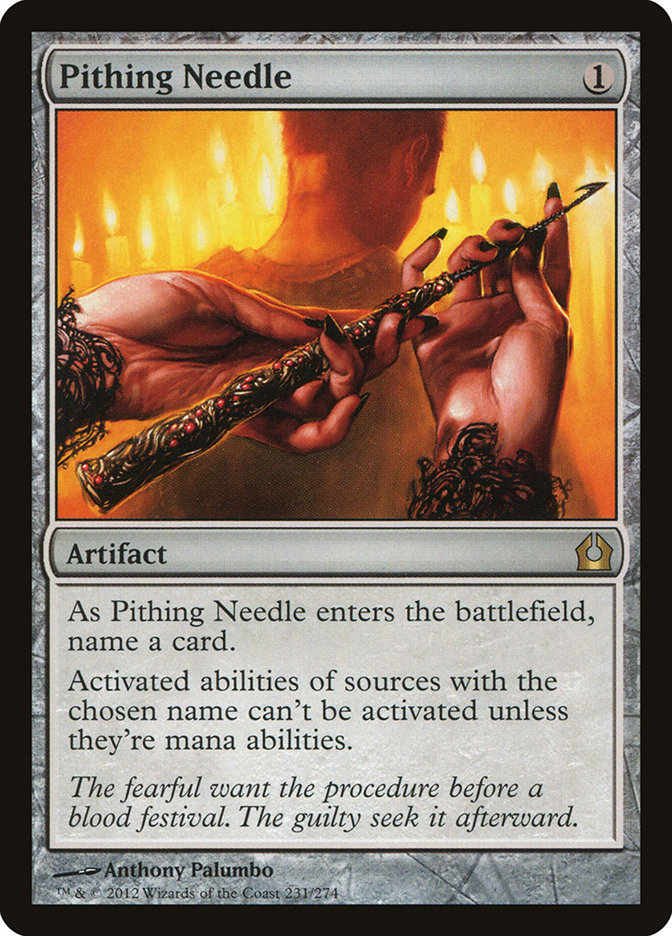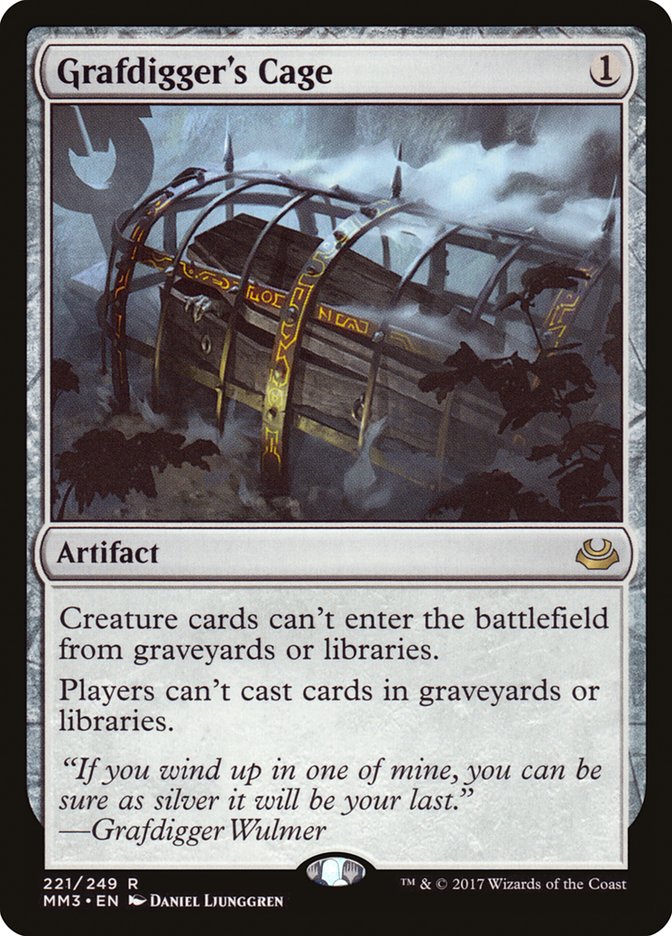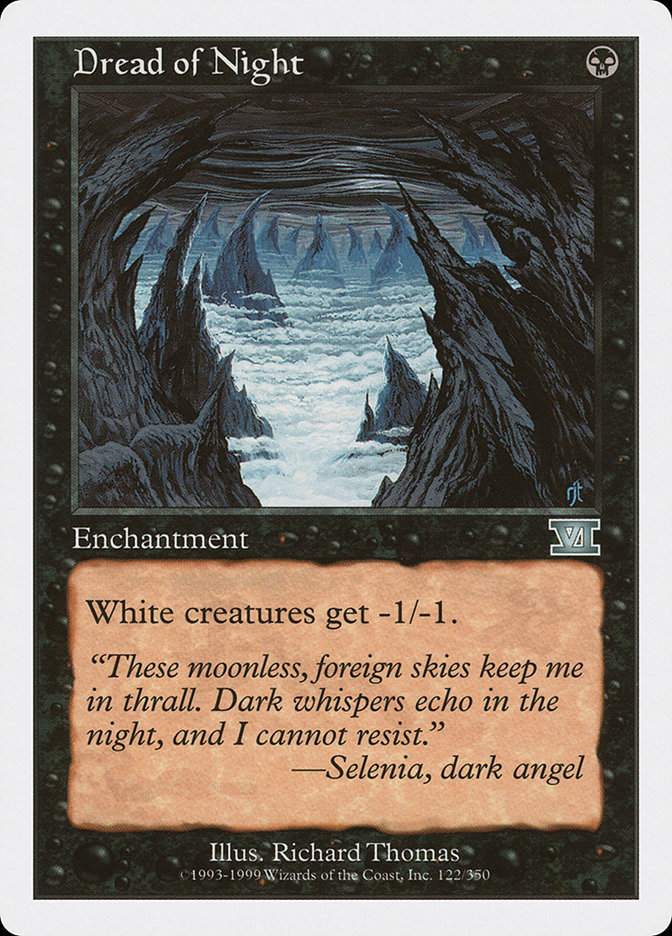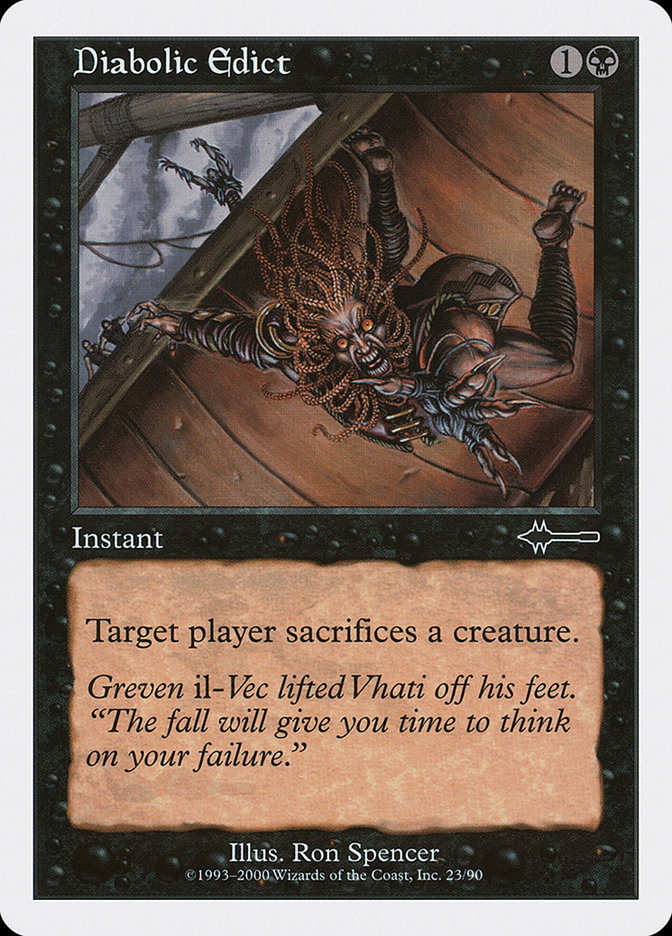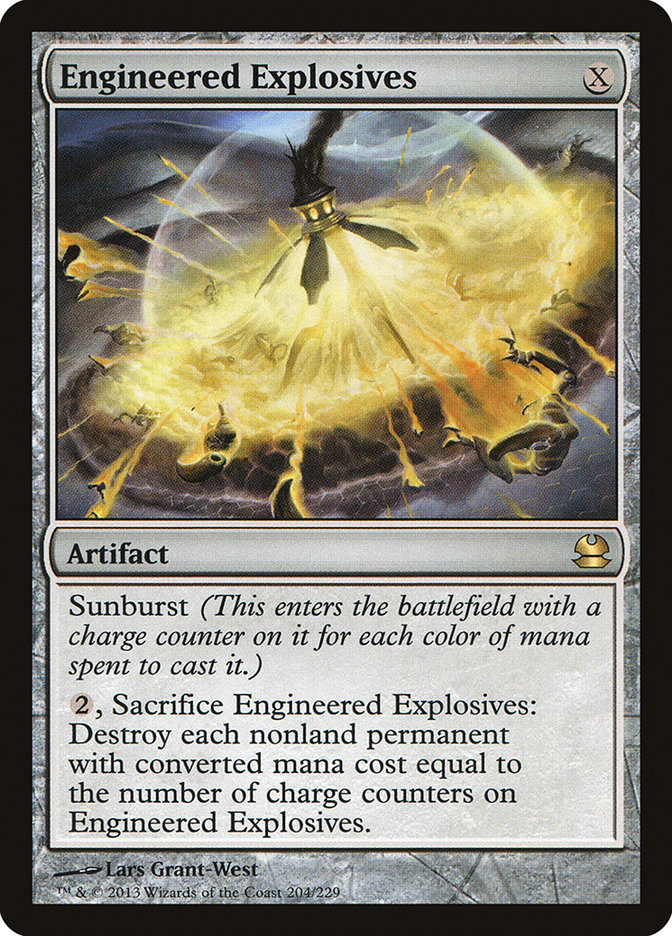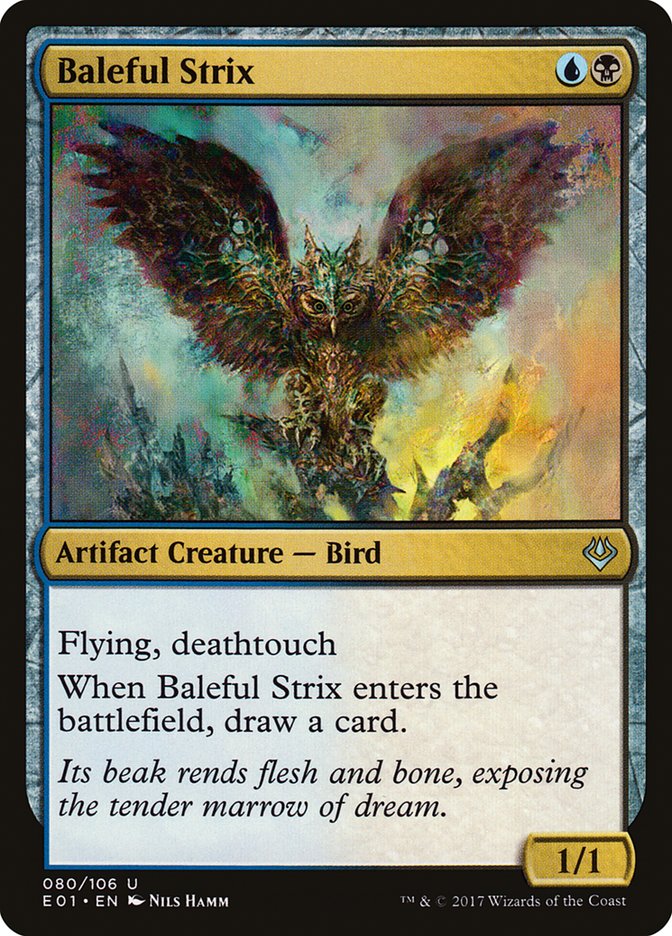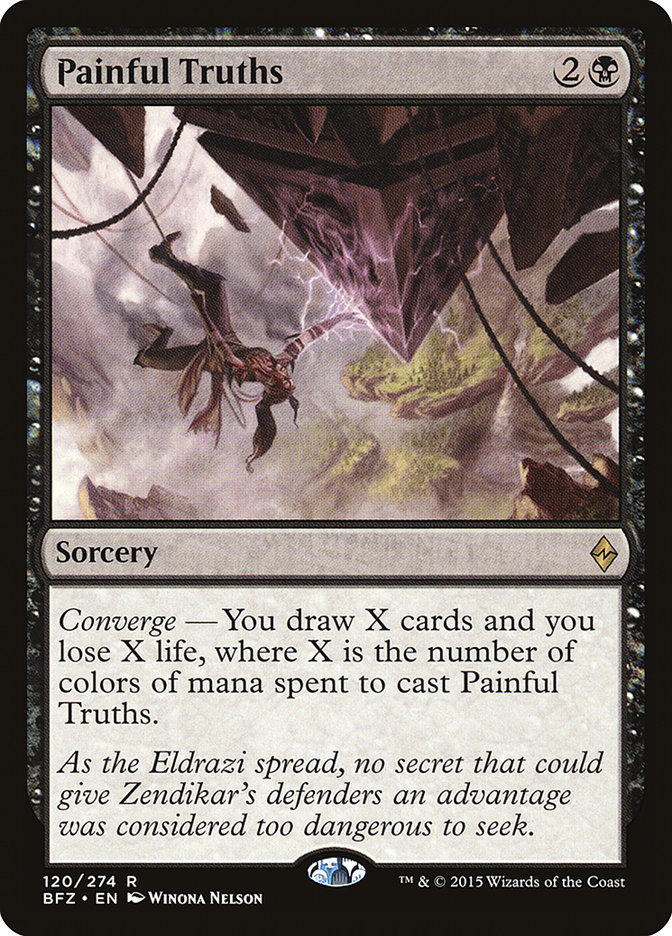Hello everyone! Welcome to my first of what I hope will be many regular articles here on StarCityGames.com. For those who are unfamiliar with me, I am a competitive Magic player who has been writing strategy content and streaming on Twitch for the last few years. I got into competitive Magic playing on the SCG Tour starting in 2013 and have participated in dozens of SCG Tour weekends since. I have over a dozen Open Top 8s across all three Constructed formats with countless Classic and IQ Top 8s as well.
Constructed Magic is my passion and will be the focus on my column. Today I’ll look at my favorite deck in my favorite format in Magic: Grixis Delver in Legacy.
How’s This for a Sample Size?
In the last couple of months I have logged nearly 100 matches on Magic Online with the archetype in various iterations while maintaining an over 80% match win rate. I have made Top 8 in two of the three Legacy Challenge events I have played with the deck. Not only is Grixis Delver my favorite deck in Legacy, but I think there is a strong argument that in a post-Sensei’s Divining Top world that Grixis Delver is objectively the most powerful deck in the format.
Today is my first in a two-part series talking about everything you need to know to build and play Grixis Delver in Legacy. The goal of this first part is to assess the different cards that are often played in this archetype and talk about their roles in different matchups. Because Legacy is such a diverse format, the specifics of your decklist will likely be slightly different when you are playing a local event compared to a more diverse field like an Open or on Magic Online. I’ll help you learn which tools should be in your Delver deck for whatever your expected metagame is.
Core Cards
The cards in this section are ones you should likely be playing in this archetype. They are found in a majority of the successful iterations of this archetype.
It all starts with the card this archetype is named after and the best creature in the deck. Delver of Secrets, while sometimes fragile, is what enables the “free wins” this fair Legacy deck generates on occasion. We can play our threat on the first turn of the game, counter their first few plays, Wasteland them off their mana, and run them down three points of damage at a time.
Deathrite Shaman is objectively the best creature in Legacy. It gains life, drains our opponent, and generates mana in a deck that is on the greedy side when it comes to resources. To top all of this off, it also acts as maindeck hate against decks like Dredge and Reanimator.
We essentially always play four copies of both of these creatures.
While the exact number of Young Pyromancer varies a bit, most lists play two or three. Pyromancer allows us to generate incremental pressure while we cast spells we want to be casting anyway. Against a control deck, we can go wide, making their spot removal worse, and in creature mirrors, Pyromancer generates a plethora of chump blockers to swing most races in our favor.
After our core creatures, we have the instant- and sorcery-speed glue that holds Legacy together:
Brainstorm and Ponder add an insane amount of consistency to any archetype that can play them. They let us see a vast number of cards every game to not only help flip Delver of Secrets but also to find the specific answers we need for any given situation. You could write an entire book on how to properly cast these cantrips, but a good rule of thumb is to only cast them when we are looking for something specific. If our hand is already great, we should be spending time playing out our good cards instead of looking for new ones.
Force of Will is an amazing card in Delver strategies. Not only does Force of Will keep obnoxious decks trying to win quickly in check, but it can also be used to protect our own threats in a deck like Delver. Often decks in Legacy are fairly removal-light, so Forcing their removal spell on our threat often means we can ride it to victory.
We round out the core of our deck with a smattering of other things:
Lighting Bolt is both iconic and powerful. Sometimes it answers our opponent’s threat and sometimes it deals the last three points of damage we need to slam the door shut on a game. Playing the full four copies of Lightning Bolt is the standard.
Daze is another “free” counterspell that lets us disrupt our opponent without leaving resources open. In the late-game Daze also lets us return a land to our hand, which we can then Brainstorm away later. Running three or more copies of Daze is common.
Magic is a lot easier to play when your opponent does not have any surprises, and Gitaxian Probe removes the surprise factor at very minimal cost. In addition to being another card to flip Delver of Secrets, Gitaxian Probe also works well with Young Pyromancer. Gitaxian Probe allows us to generate value on the second turn of the game by creating an Elemental token right away. Like with Daze, playing three or more copies of Gitaxian Probe is the standard.
The manabase in most Grixis Delver decks generally consists of eighteen to nineteen lands: two of each blue fetchland, one Tropical Island, two to three Underground Sea, three Volcanic Island, and four Wasteland. While Wasteland does occasionally make colorless mana to cast something like Young Pyromancer, we often want to use it aggressively in Grixis Delver. It is essentially a Stone Rain that takes up our land drop for the turn. The singleton Tropical Island enables us to gain life with Deathrite Shaman and occasionally play green cards in our sideboard.
Flex Slots
Those who are counting know that the “core” cards we listed above take up 50 or so slots in our maindeck. What those last ten or so slots should be will vary depending on what decks we expect to play against. Remember, we see a lot of cards every game. This means that we will be able to find even singleton copies of cards with some consistency.
The first things we want are a few extra threats for help closing out games. Our deck is excellent at filling up the graveyard, so playing a delve threat or two is fairly common:
Gurmag Angler is easier to cast, as often we will be playing it for a single black mana. That being said, Tombstalker is superior in the matches in Legacy where the ground tends to gum up as the game goes long. Often you will have a Young Pyromancer holding the opponent’s creatures at bay, and Tombstalker gives us an additional evasive threat to close in the air. If we do play Tombstalker, it is wise to play the third Underground Sea as well.
Past other efficient threats, occasionally we want a couple of copies of slightly more expensive but powerful threats:
True-Name Nemesis is fantastic in all of the fair matchups in Legacy. If we can get it to resolve, we can often ride it to victory as an unblockable three-power creature that can also play defense when we need it. Thanks to our Deathrite Shamans and Young Pyromancer tokens, our True-Names are often immune to cards like Diabolic Edict and Liliana of the Veil which can deal with it.
Vendilion Clique, while more fragile than True-Name, is an additional evasive threat that can also provide some disruption against combo decks. It is also reasonable against Stoneforge Mystic.
If we are expecting an exceptionally grindy format we have some good tools for competing there as well:
Snapcaster Mage kind of does it all. It cantrips when we need to find a specific answer we do not already have, it flashes back Lightning Bolt for additional reach, and it just beats down for two points of damage a turn against combo decks.
Snapcaster Mage’s best friend in Modern, Kolaghan’s Command, is buddies with it in Legacy as well. In matches that come down to a grind, Kolaghan’s Command is almost always a two-for-one, and when it’s combined with Snapcaster Mage it can generate even more value. In a format where Stoneforge Mystic is legal, having maindeck artifact destruction is also extremely powerful.
If we expect a creature-heavy metagame, we will likely want more than just four Lightning Bolts in our maindeck for removal:
Fatal Push and Dismember are both efficient in terms of what they can kill, while Forked Bolt hedges opposing Young Pyromancers and Elves. Forked Bolt can also be a Shock to the face in the worst case, which means the floor on it is a bit higher than drawing something like Fatal Push against a deck like Storm or Sneak and Show.
Past our Dazes and Force of Wills, we generally want a few more pieces of disruption in our main deck. Generally we want to play ten pieces of disruption, but this number could be higher or lower if we expect more or fewer combo decks. The most common supplemental disruption in Grixis Delver is:
Cabal Therapy is an extremely powerful spell, especially when paired with format knowledge or a Gitaxian Probe. Any time we have Therapy, Probe, and Pyromancer together, we are very likely to strip clean a good segment of our opponent’s hand for very few resources. Therapy is reasonable against combo decks and control decks alike.
Spell Pierce is our go-to if we find ourselves wanting additional counterspells past four Daze and four Force of Will. On average this is less powerful than Cabal Therapy, but Pierce still sees some amount of play so it is worth mentioning in this section.
Stifle is one of the best “gotcha” cards Grixis Delver can play. Because fetchlands have an activated ability, Stifle can often act as a one-mana Stone Rain, which pairs well with our Wastelands and Dazes. That being said, against experienced players, holding up mana for Stifle can be awkward and often slows down the pacing of our game.
Sideboard Options
In Legacy there are a lot of different sideboard options, especially when you are playing nearly four colors like we are. Couple this with the vast amount of card selection we have and we often find ourselves playing a variety of one of cards that are powerful in different situations.
That being said, there are a few “core” cards that are found in most Grixis Delver sideboards:
Ancient Grudge is powerful artifact removal that is also card advantage when we expect multiple artifacts out of our opponents. Most importantly, Ancient Grudge costs two mana, which means we can use it to destroy Chalice of the Void set on one. Unless we expect to see zero Chalices and Stoneforge Mystics, we want at least one Grudge in our sideboard.
Flusterstorm is powerful disruption against spell-based combo decks and control decks. It’s a slightly narrower Spell Pierce effect that can also be vastly more powerful under the right circumstances. At least two copies of Flusterstorm are found in most Grixis Delver sideboards.
Grixis Delver is far from the only blue deck in Legacy. Pyroblast often reads “Counter target spell we care about” for one mana. Even against decks like Storm, we can sideboard in Pyroblast to counter cantrips to slow their setup. Sometimes people split Pyroblast with a copy of Red Elemental Blast. While this has marginal upside against opposing Surgical Extractions and Cabal Therapies, the fact that Pyroblast can target any permanent (it only destroys that permanent if it is blue) is relevant in our deck with Young Pyromancer.
Surgical Extraction is fantastic against graveyard-based combo decks like Reanimator and Dredge. Essentially acting as additional copies of Force of Will against decks that tend to combo fairly quickly, we often will not want to leave home without at least two copies of Extraction. Extraction is also reasonable against combo decks like Show and Tell, since we can extract one of their key combo pieces after we counter or discard their first copy.
If we are expecting decks that are going to “go wide” with creatures, we will generally want a couple of cards that can clean up after they get onto the battlefield:
Grim Lavamancer is the slowest of the bunch, but it provides a repeatable effect over the course of a game and has the upside of being able to act as reach to kill our opponent. Izzet Staticaster is a touch awkward in mirror matches, but again has the upside of being a repeatable effect.
Fire Covenant can be a high-risk, high-reward card. The important thing to note is that we pay the life for Fire Covenant even if it does not resolve, which makes it a bit of a risk against other blue decks. Electrickery is flexible in that it can kill an opposing Delver of Secrets on the first turn while also being able to clean up everything an opposing Young Pyromancer has created. Electrickery falls a bit short in some instances due to only ever being able to deal a single damage per creature.
One of the best ways to disrupt some decks in Legacy is with permanent-based disruption. Being Grixis gives us limited access to cards that do this, but we have a few good artifact and enchantment choices:
Null Rod is fantastic at not only hosing Stoneforge Mystic decks but also as disruption against Storm. This is because Storm leans on Lion’s Eye Diamond to both generate mana and empty their hand.
Pithing Needle is good at answering cards like Sneak Attack out of unfair decks as well as Equipment and Jace, the Mind Sculptor in the fairer matchups. Dread of Night is the narrowest hate card here, but it is an all-star if we expect a lot of Death and Taxes to be around.
Rounding out the common Grixis Delver sideboard cards, we have a smattering of different options:
Diabolic Edict is great at cleaning up opposing copies of True-Name Nemesis as well as creatures that are too large for Lightning Bolt to kill. Most notably, Edict can remove a 20/20 Marit Lage that would otherwise kill us.
In a deck that can make all five colors of mana, Engineered Explosives is a flexible card that can act as a pseudo-sweeper in the right spots. Able to kill everything from a battlefield full of Goblin tokens to troublesome planeswalkers, Explosives is a great card to have access to if we are unsure what we are going to be playing against.
Baleful Strix and Painful Truths are great tools for grinding against opposing slower decks. Baleful Strix is fantastic in Delver mirrors as well as against other decks that plan to attack with large creatures. Painful Truths generates a lot of raw card advantage and can amusingly even draw four cards against Death and Taxes if they have a Thalia on the battlefield.
Wrapping Up
Now that we have talked over our options, let’s put it all together, shall we? The Grixis Delver decklist that I have been playing in the Magic Online metagame successfully currently looks like:
Creatures (14)
- 1 Snapcaster Mage
- 4 Delver of Secrets
- 4 Deathrite Shaman
- 3 Young Pyromancer
- 1 True-Name Nemesis
- 1 Gurmag Angler
Lands (19)
Spells (27)

This decklist is the one I used to win the Legacy Challenge on Magic Online recently. The maindeck has a few hedges towards fair matchups such as Snapcaster Mage, Kologhan’s Command, and True-Name Nemesis. The sideboard is exceptionally hateful towards artifacts with a second Kolaghan’s Command, Ancient Grudge, and a Null Rod. I think the Stoneforge Mystic decks such as Death and Taxes are some of the harder matchups for Grixis Delver, so hedging those in a diverse field is generally a good idea.
Thanks for reading, everyone. If you have a question about the card selection in Grixis Delver that I covered here, please ask in the comments! If you have any general questions about playing with the deck, feel free to ask those as well. The second part of my primer will discuss Delver’s role in various matchups, sequencing choices, and mulliganing decisions with Delver.
Cheers!




